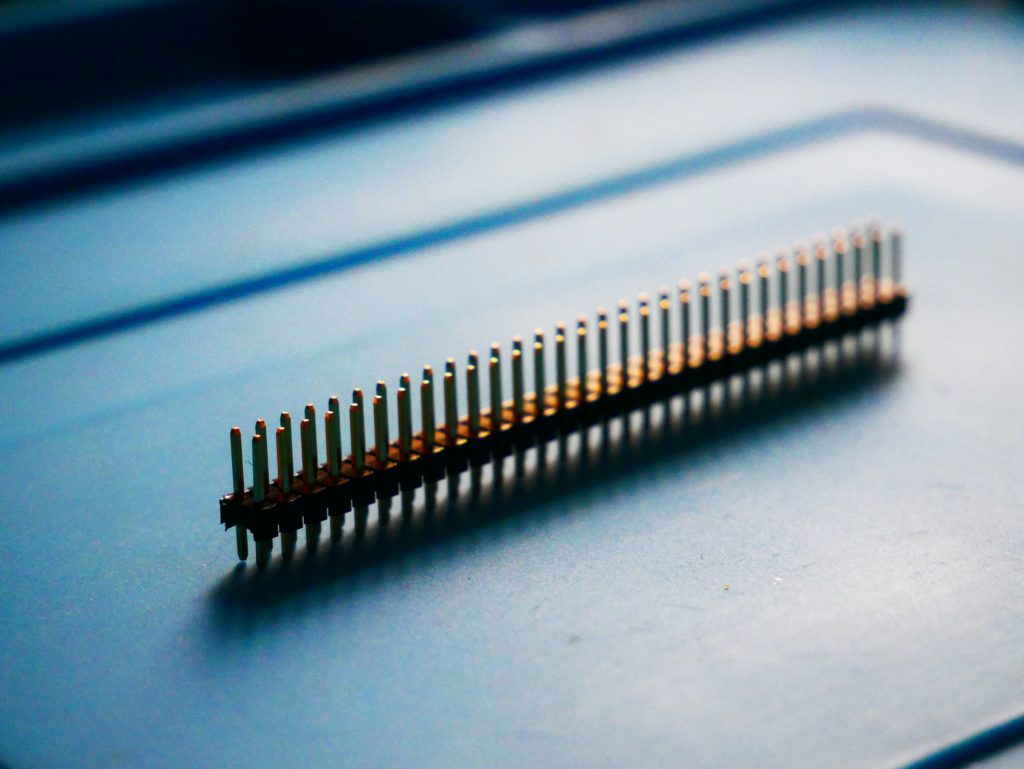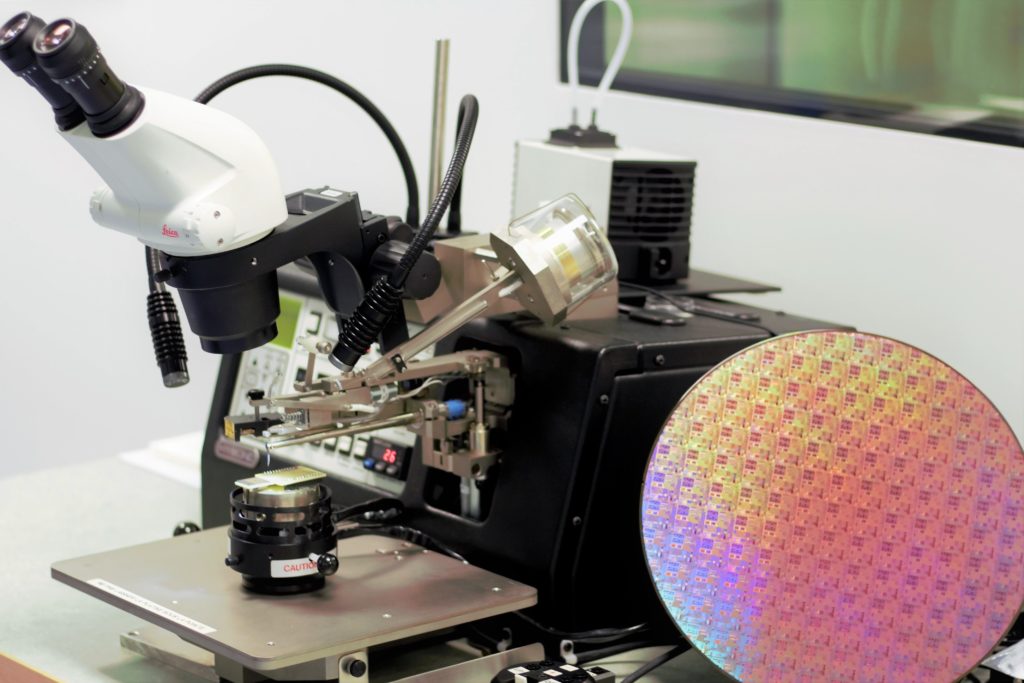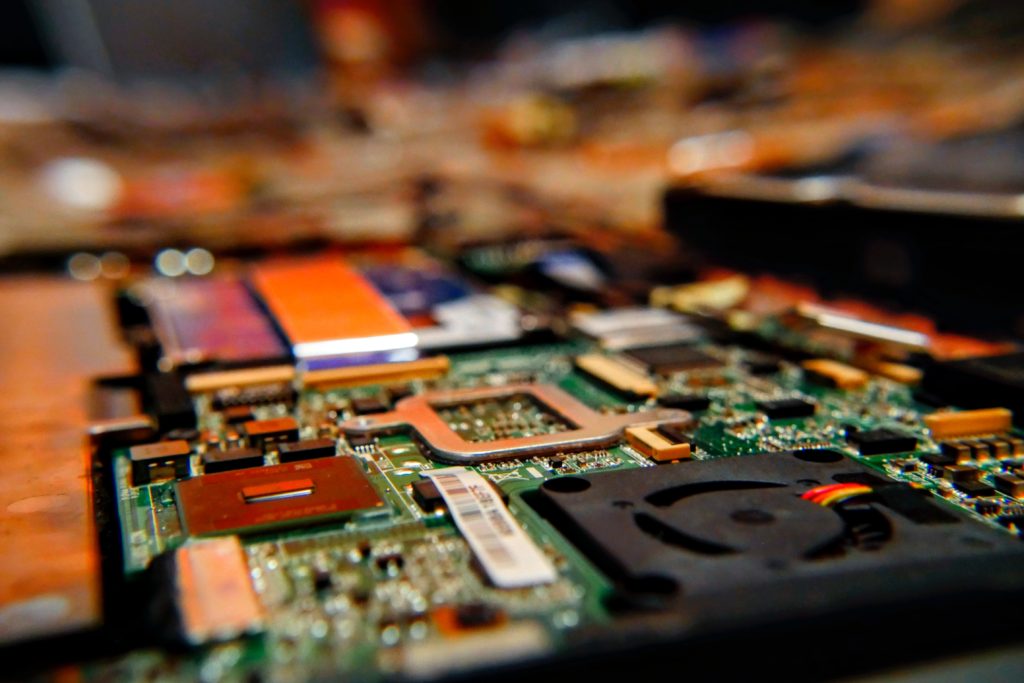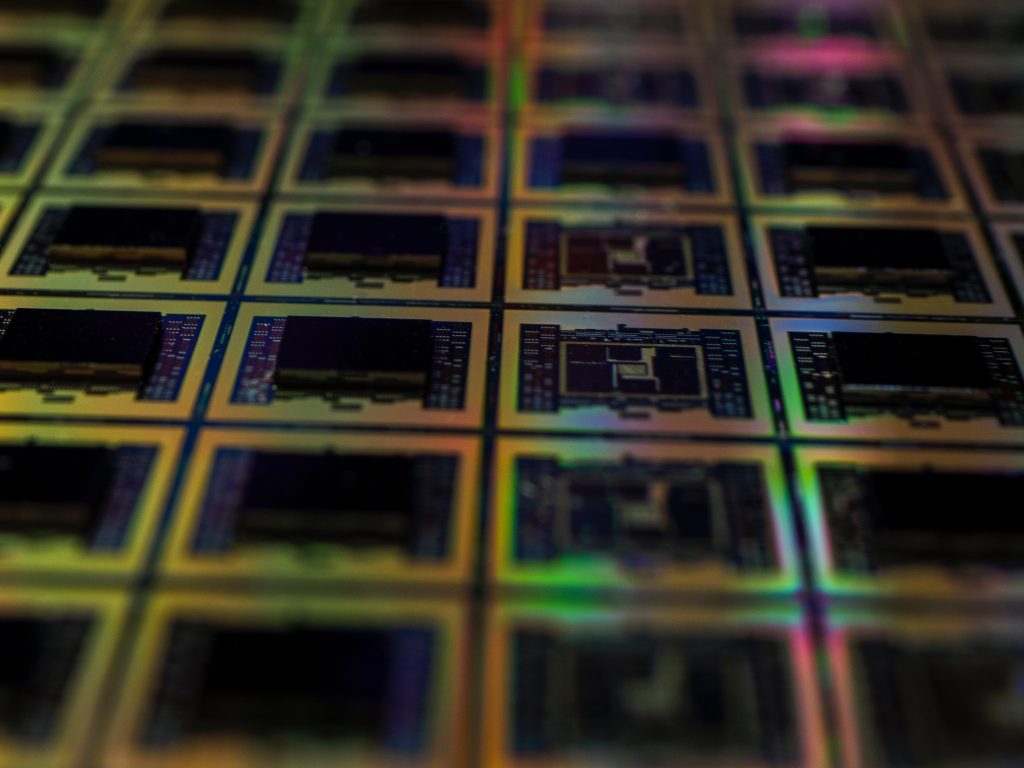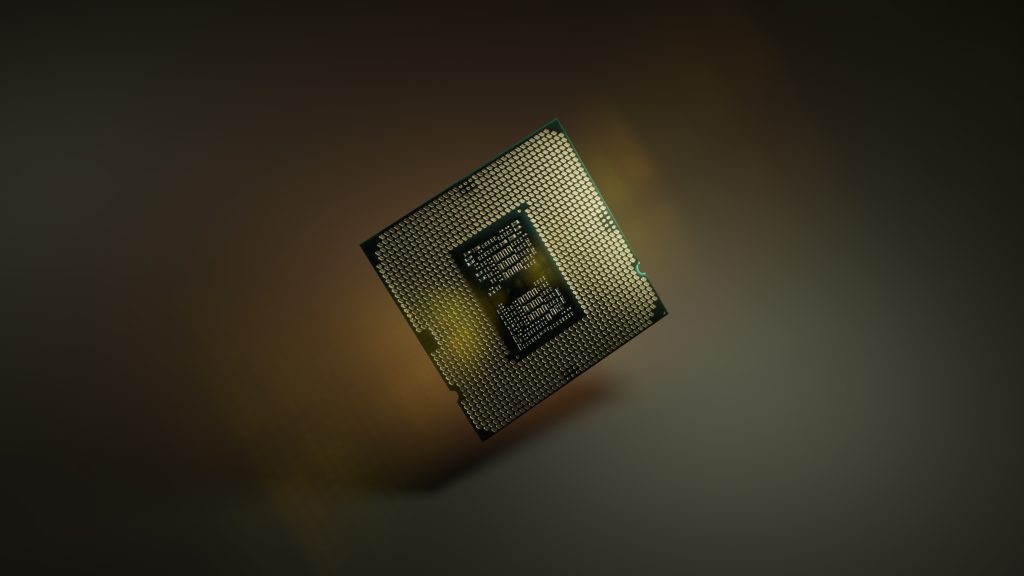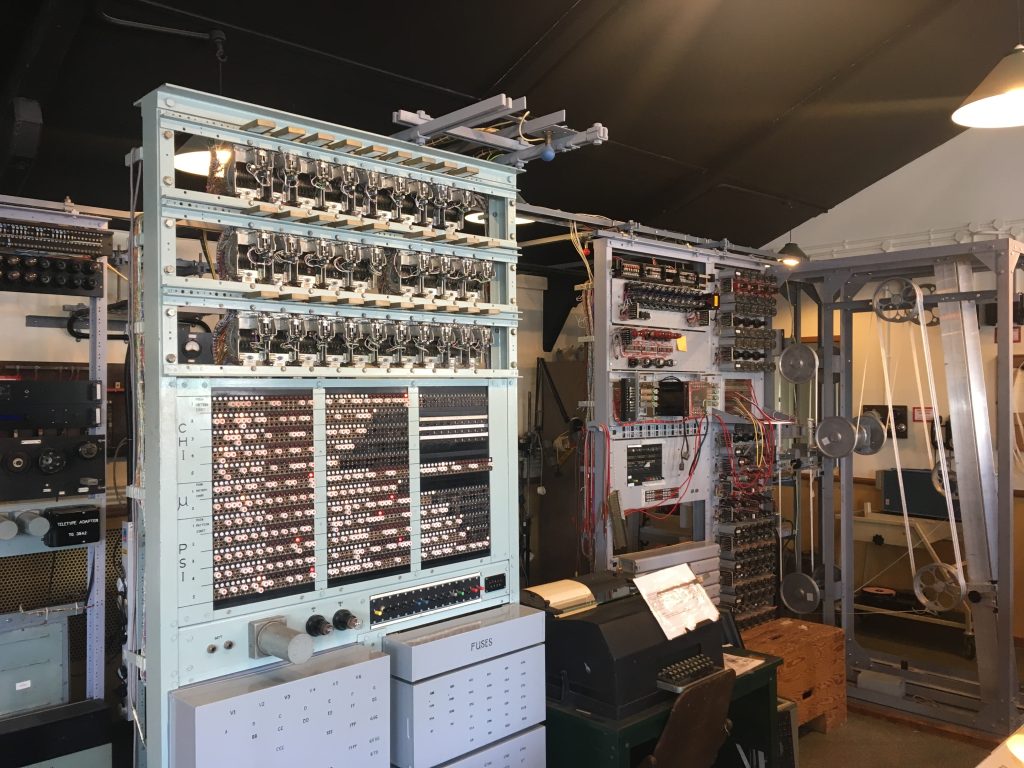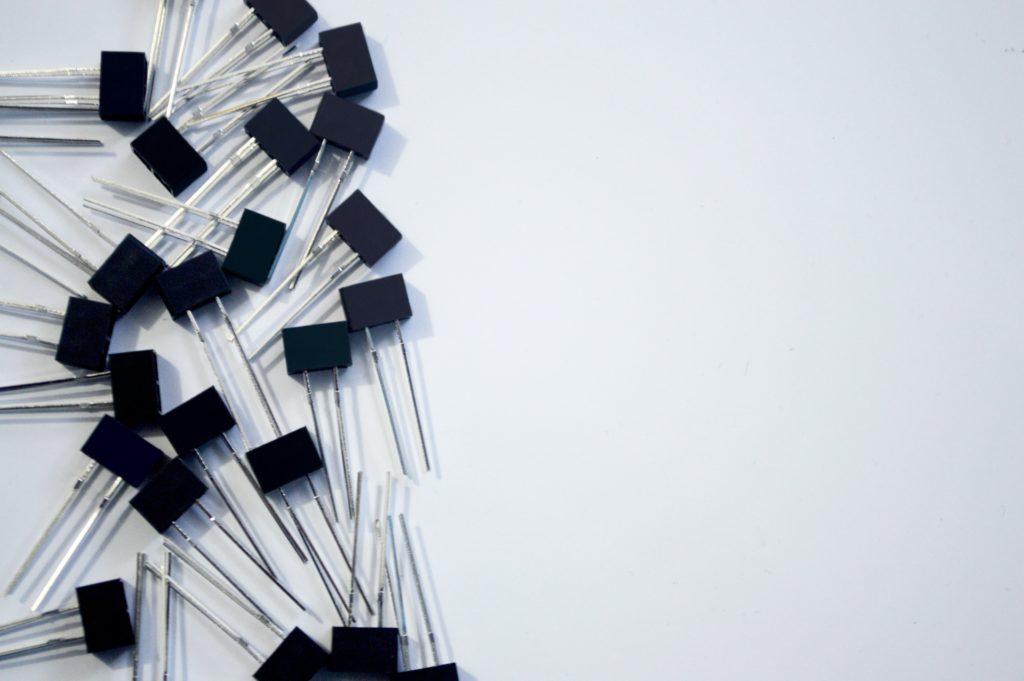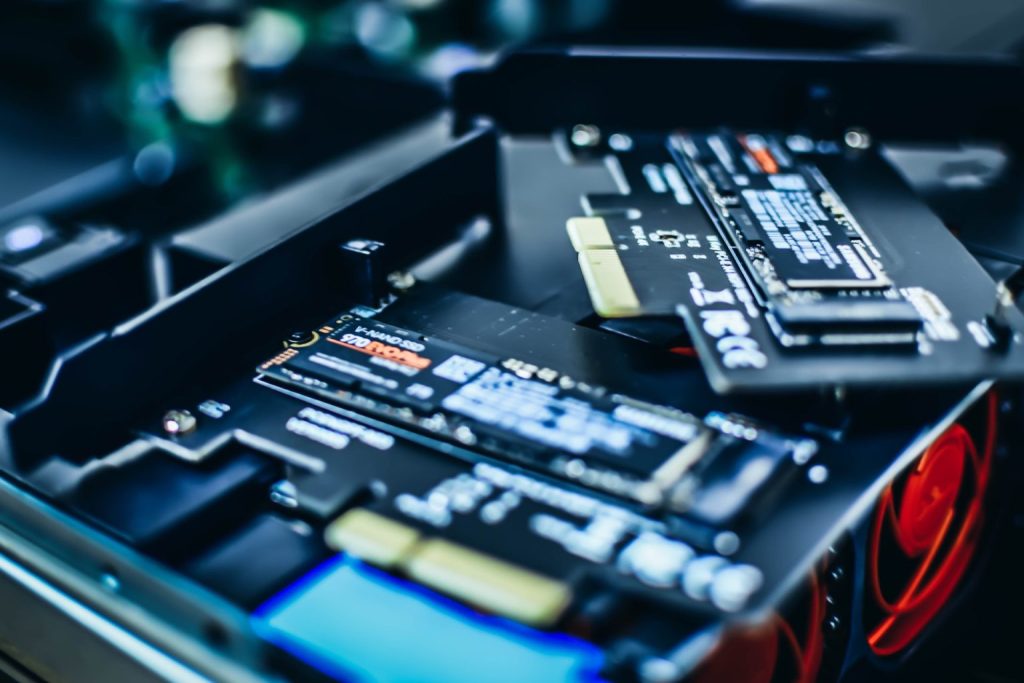Photo by Vishnu Mohanan on Unsplash
THE REASONS TO ADOPT SEMICONDUCTOR COOPETITION
The semiconductor design and manufacturing business are highly competitive. As semiconductor design and manufacturing companies compete to increase their market share, a flawless strategy is required.
However, achieving perfection in the semiconductor business requires several different factors to come together. The competing process is one such factor. It is vital to focus on the process of competing because it can make or break the future of any given semiconductor company. A lack of focus on the capabilities can push the company towards a course of action that can negatively impact the market share and thus the revenue.
Semiconductor companies often have a lot of overlapping business areas. Thus, solutions from one company might well be the driving factor of the product from different companies. For example, a company focused on XPU business requires companies that provide silicon to enable communication solutions. Without each of these (and several other) products, the system will be incomplete.
It leaves the semiconductor companies to march towards two processes of expanding market share: Either compete or cooperate. A semiconductor is a business where the success of one product drives the other (XPU driving Wireless adoption as discussed above), and that is why semiconductor companies should focus more on the cooperative competition: coopetition.
Competition: Multiple companies are competing to launch products to increase their market share.
Coopetition: Two or more companies form a strategic alliance or JV to drive the development of each other and thus creating a market for all.
Coopetition is not a new concept and has been around for decades. Given that the semiconductor business (year on year) is becoming highly CapEx-driven, it makes more sense to drive the environment of coopetition than the competition.
Cost: High cost to design next-gen solutions (driven by resources, lab investment, and equipment) has pushed semiconductor companies to innovate on how they compete because competition means launching products ahead of the competitor (and with far better features). Doing so requires continuous investment and impacts the margin, thus raising questions as to whether coopetition is the way forward.
Time: Cooperative process reduces the time to develop new IPs (and other solutions). And it can benefit all the parties working together. One such example is the alliance around USB and Wi-Fi specifications, which enabled several companies to launch new products while keeping the base features intact. Cooperative competition pushes the semiconductor industry towards a time-sensitive process.
Resources: Strategic alliance/JV via coopetition ensures that the technical resources of all the parties get utilized efficiently. It also enables knowledge sharing, which speeds the process of innovation and thus ensures that resources drive the innovation required to increase the market base.
The benefits of competition are not only on the business side but also on the technical side. Knowledge sharing enables new semiconductor technologies, both on the design and the manufacturing side, and drives the industry towards next-gen solutions.
In the long run, the cooperative competition presents more new opportunities wherein multiple semiconductor businesses can thrive and drive each other’s business. It is also evident from the fact that any given computing system requires solutions from different semiconductor companies.


THE BENEFITS OF SEMICONDUCTOR COOPETITION
A competitive environment in a high-tech industry like the semiconductor industry always demands innovative business strategies apart from technical roadmaps. Thus, competing without cooperation might lead to a path that is not business-friendly.
On another side, cooperative competition (coopetition) has its benefits. It allows everyone to thrive and also enables several new benefits. It includes entry into new markets, opening a new revenue stream, and several other benefits. These and several other reasons are why the semiconductor industry should march towards (and already has) a coopetition environment.
Savings: Sharing facilities and technical knowledge imply saving time to innovate. It directly reduces the cost and ensures that semiconductor companies are more profitable without compromising the product features.
Innovation: Game-changing innovation requires strategic alliance not only with academia but also with industry peers. A coopetition process enables such an environment and thus ensures all the players involved are thriving by utilizing the innovation developed by the cooperative process.
Roadmap: Focusing on the technology roadmap without collaborating might lead to solutions that may not pay back in the long run. Approaching the same process by utilizing the coopetition process ensures that the roadmap developed helps the industry. It can be developing technologies that drive manufacturing to new levels or creating devices/FETs that push new innovative solutions from design houses too.
The semiconductor industry has already seen several positive coopetition examples wherein companies have collaborated to drive the business of each other. Mobile to the server to automotive and several other areas would not exist without a coopetition environment. Each of this business relies heavily on semiconductor products and have to collaborate to drive next-gen systems.
The growing cost and the need to balance the margin (coupled with different other problems) makes the case of driving the coopetition ecosystem. In the end, it is only going to benefit the semiconductor industry.
